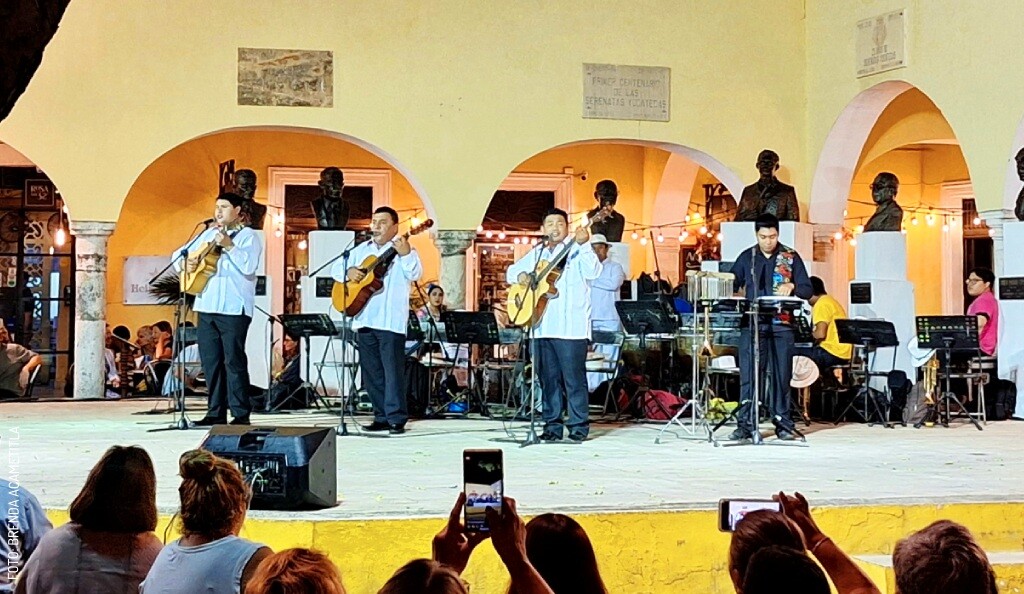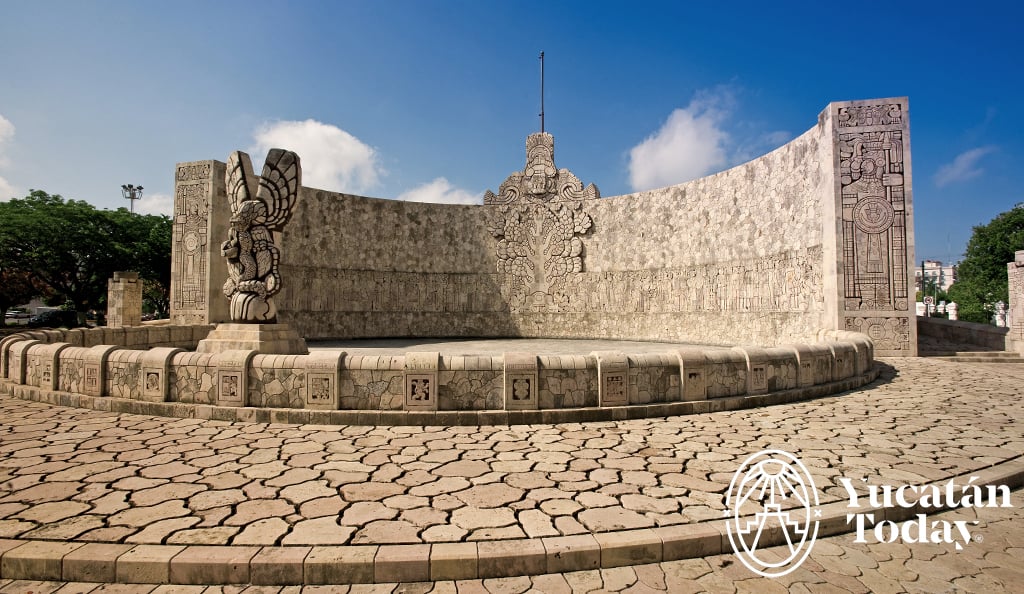
Mérida
Mérida, a city of about 831,000 people (2010 census), is a wonderful mixture of colonial city and cosmopolitan destination. With Mérida as your base, you can visit cathedrals and churches, Maya archaeological sites, museums, haciendas and cenotes. You'll also find movies, theaters, important hospitals, public and private schools, four universities, shopping malls with such stores as Sears, and chain stores such as Sam's, Costco and WalMart as well as the Mexican chains of Liverpool, Comercial Mexicana/MEGA, Soriana and Sanborn's.
History of Mérida:
The Spaniard Francisco de Montejo "El Mozo" founded Mérida on January 6, 1542. When the Spaniards arrived, Mérida was a large Maya city known as T'ho, situated on what is now the Main Plaza. It was conquered by the Spaniards, who dismantled all the pyramids and used the huge stones as the foundation for the Cathedral of San Ildefonso (1556-1599), the oldest cathedral on the American continent.
The Cathedral, situated on the east side of the Plaza, is only one of Mérida's many interesting sites. Directly across the Plaza is the Palacio Municipal (1735), Mérida's Town Hall. On the south side is the Casa de Montejo (1542), the former home of the conqueror of Yucatán.
The Palacio de Gobierno (1892), on the north side, houses 27 murals by Fernanco Castro Pacheco illustrating the somewhat violent history of Yucatán.
One of the major influences on Yucatán history is the henequén plant, also called sisal (for the Yucatecan city of Sisal from which shipments left the continent). This plant became known as 'green gold' or verde oro for the wealth it lavished upon the hacendados or hacienda owners in this area. In the early 20th Century, as a result of the henequén or sisal trade, Mérida was the home for numerous millionaires who built their lavish homes on Paseo de Montejo, and their impressive haciendas throughout the jungle surrounding Mérida.
A walk down Paseo de Montejo
Is a wonderful way to view some of these mansions, many of which are completely restored, and some of whose romantic decay are food for the imagination.
For centuries, geography made it difficult for the Yucatecans to communicate with the rest of Mexico. As a result, architectural and cultural influences from Europe, the Caribbean and New Orleans were as strong or stronger in the growth of the city. To this day, the people who live here consider themselves Yucatecans first, Mexicans second. If you look carefully, you will see tshirts and bumper stickers proclaiming Orgulloso Yucateco, Yucatecan Pride.
Because of its tranquility and cleanliness, Mérida has become a popular place for families from other Mexican states. Many people have moved here from Mexico City, where crime, pollution and overcrowding are evergrowing problems. Crime is not tolerated in Mérida, and it has the distinction of the city with the lowest crime rate per capita in Mexico.
Yucatán is one of Mexico's most tranquil and safest states, with a climate resembling that of Florida or Cuba. Yucatecans are good, tranquil and hospitable people who have strong roots and traditions. They take pride in their city, known as "The White City", not only for the predominance of white limestone as a building material, but because of its streets, plazas and parks that are cleaned daily.
Free Guided Tours:
Free tours of the Centro Histórico of downtown Mérida are available from Monday to Saturday at 9:30 am. Call (999) 942 0000 Ext. 80119 or go to the Tourist Office on the ground floor of the Municipal Palace (corner of Calle 61 and Calle 60).
Tours of Mérida:
There are also 2 comfortable ways to get to know the city in about 1-1/2 to 2 hours: the red bus called Turibus that is very easy to spot because its a double decker and you can hop on on any of its many stops around the city; and the local company Carnavalito City Tour bus that leaves from Santa Lucia Park (Calle 55 and 60) at 10am, 1pm, 4pm and 7pm daily (no 7pm trip on Sunday). For more information, visit our tours page.
What to do in Mérida... A sample itinerary
Sunday: Visit the handcrafts Market "Lucas de Gálvez"; it has everything. Enjoy Mérida en Domingo, outdoor handcraft markets and food festivals in the Main Plaza, Hidalgo Park and Santa Lucia Park. 9:00 am to 9:00 pm. Also visit Museo MACAY for free. Bici Ruta. Every Sunday from 8 AM to 12:30 PM more than 5 kilometers of roads in Mérida are closed off to traffic. Corazón de Mérida (see Thursday) happens in the evening.
Monday: Take the Carnavalito bus at 10:00, 1:00, 4:00, or 7:00 in Santa Lucia Park or the Turibus red bus that stops every 2 hours at the plaza. In the evening, enjoy an outdoor concert with traditional "Vaquería" a Yucatecan dancing and dress at the Palacio Municipal on the main Plaza at 9 pm.
Tuesday: Travel to the Maya archaeological sites of Chichén Itzá and the Caves of Balankanche. In the evening, dance to big band music of the 40's in Santiago Park on the corner of Calle 59 and 72 at 8:30 pm.
Wednesday: Visit Hacienda Teya on the way to the City of Izamal, or take the Convent Route of Acanceh, Tecoh, Telchaquillo, Tekit, Mama, Chumayel, Mani and Oxcutzcab. If you stay in town, enjoy shows at the Olimpo at 9:00 pm.
Thursday: Visit the Maya archaeological site at Dzibilchaltún on your way to the beaches of Progreso, Chelem, Chicxulub, Telchac and X-Cambo . Visit the co-op next to the church in Dzibilchaltún . Perhaps you might like dinner at Hacienda Xcanatun on your way back. At evening time there is an open-air concert in downtown Mérida featuring Yucatecan dress, dance, music and folklore at the Santa Lucia Park on Calle 60 and 55 at 9:00 pm. The second event is downtown where you find the strees closed to traffic and restaurants with tables on the street and different music on every corner. This event is called Corazón de Mérida and it happens from 09:00 pm to 02:00 am.
Friday: Go shopping at the markets, Pasaje Picheta or the best in the city, Casa de las Artesanías on Calle 63, with handcrafts from Yucatán made by Yucatecans with the best prices in the city. Corazón de Mérida (see Thursday) happens in the evening.
Saturday: Explore the caves in Loltun and travel the Puuc Route: Kabah, Labna, Sayil, Xlapak and Uxmal . Stop by Hacienda Ochil or Yaxcopoil. Evening time has 2 events, one at the end of Paseo de Montejo with Calle 47 called Noche Mexicana from 8:00 pm to midnight. Corazón de Mérida (see Thursday) happens in the evening.
How to get to Mérida
Flights with United Airlines, Aeromexico, Interjet, Volaris, Viva Aerobus, Aeromar, American Airlines, Blue Panorama Airlines, Magnicharters, Mayair, TAR, Tropic Air, Westjet and Delta Airlines. Bus lines are an excellent resources you are arriving into Cancún.
Download the map for:
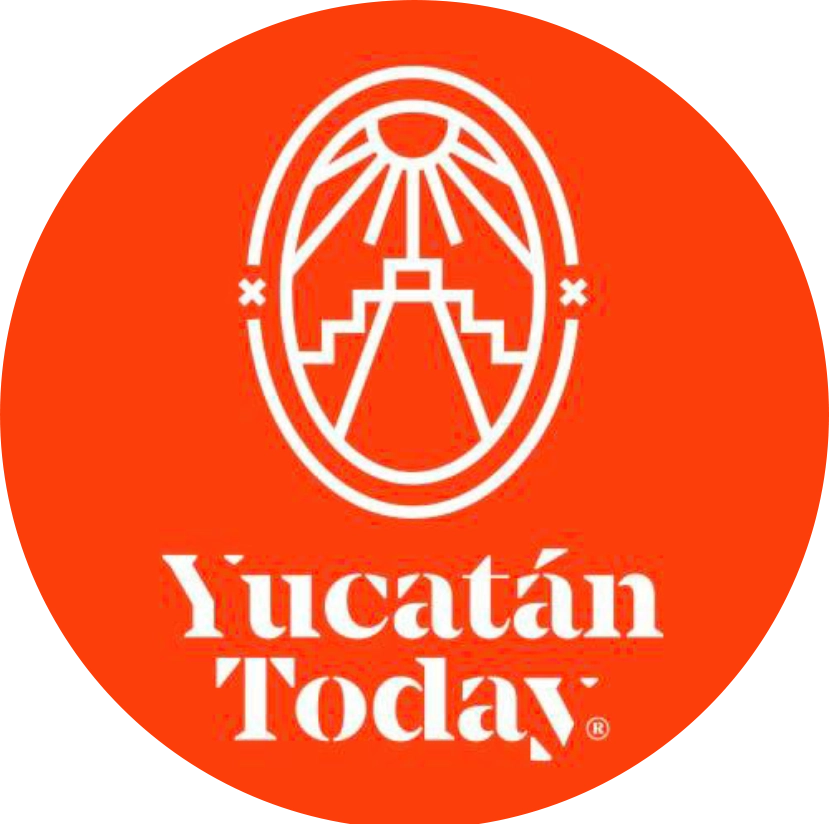
Author: Yucatán Today
Yucatán Today, la compañera del viajero, es un medio bilingüe de información turística sobre destinos, cultura, gastronomía y el qué hacer en Yucatán con 38 años de trayectoria.
¡Receive the latest articles and much more from the best of Yucatán in your email!
Related articles
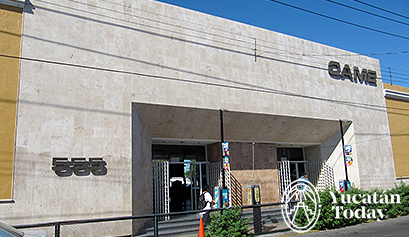
Yucatán Bus Lines and Taxis
Traveling in Yucatán? Information on taxis and busses with schedules, phone numbers and distances, the go to page for complete information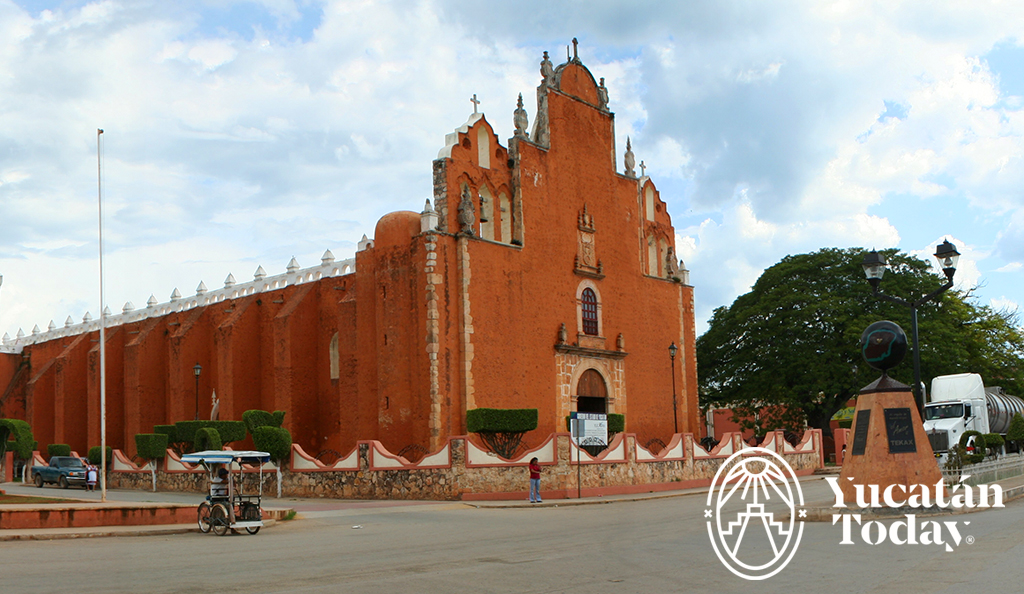
Tekax
Caves, colonial buildings, and Maya pyramids are what make Tekax (tay-KAHSH) so special. Located in the southern part of the Yucatán, 78 miles below...